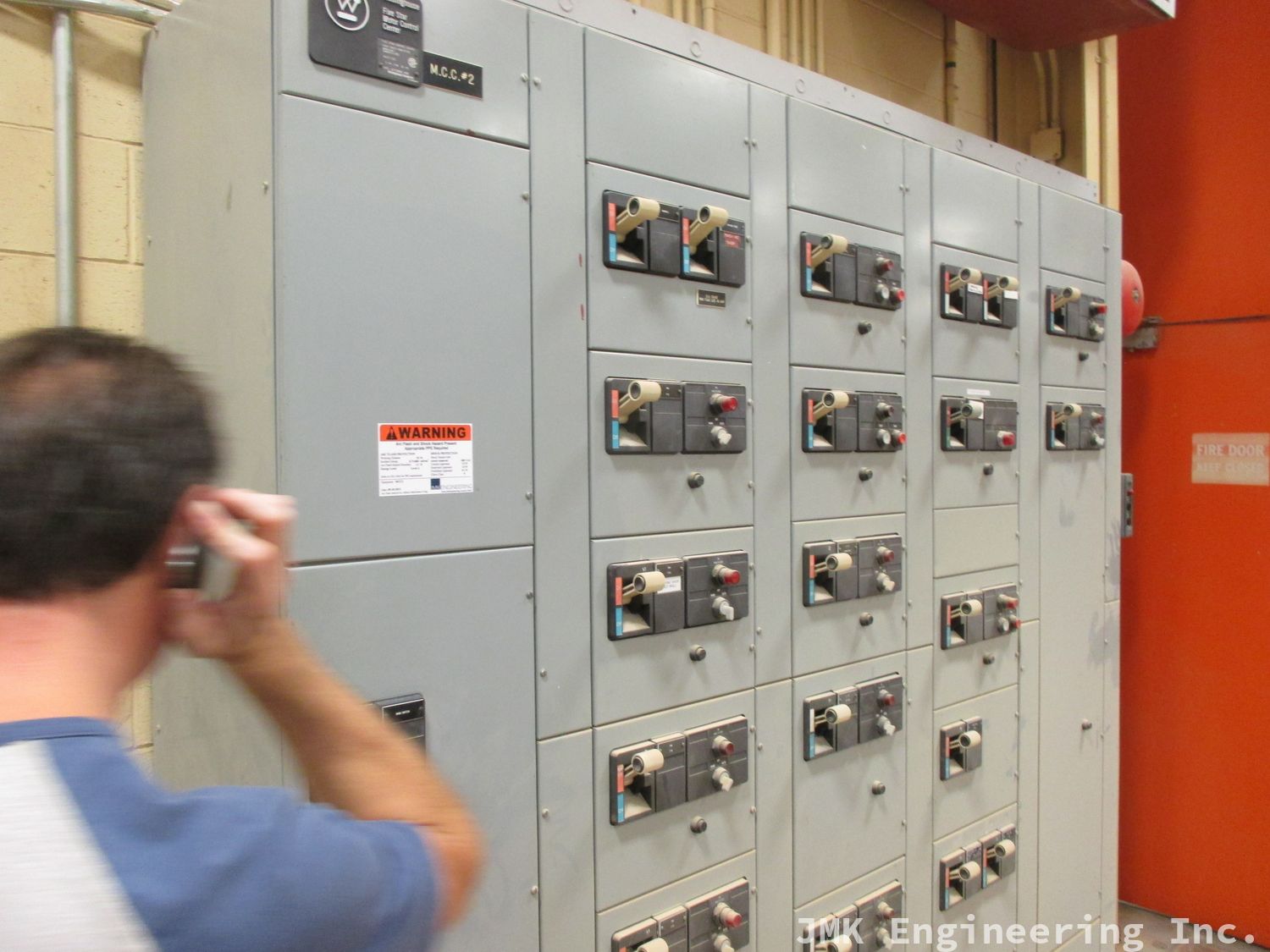5 Reasons your Power System Study Needs to be Updated
Published:
By Jeff MacKinnon, P.Eng.
A power system is not a static system, there are always changes, some big and some small. The big changes are obvious at the time, but the small changes may add up to something that affects the operation of the system in an unintended manner. The protection system is particularly susceptible to this.
Today we are listing out 5 times or situations when it is time to update your power system study, or at least an audit to make sure that it is still valid.
- add or removing equipment
- changing a start from across the line to VFD or softstart
- changing the protection settings, even a little
- changing a fuse manufacturer (even if its the same rating)
- its been 5 years
Changing Equipment
If the site has added new equipment, or simply changed a couple transformers to a high-efficiency model, there is a liklihood that there have been changes to the short circuit current and protection settings in that area of the system.
This will affect at least two studies, the short circuit duty and incident energy.
The higher efficiency transformers have a higher short circuit current, in extreme cases this may push the downstream equipment outside its short circuit duty.
Changing to VFD
In a lot of cases it makes sense to switch to a VFD for variable loads. This will give the process more control and likely reduce the system energy demands.
Changing to a VFD will also affect the back feed current into the system during a fault, UNLESS the fault happens during full load AND the VFD has an online bypass contactor. This change will affect the incident energy at that bus during the fault, typically lowering the IE and Arc Flash Boundary.
The VFD will also introduce harmonics on the system, this is especially true if there wasn't any filtering installed at the time. If the VFD is a significant portion of the load on the bus, and there have been mis-operation of protection or electronic equipment at that location, a harmonic analysis may be required.
Changing Protection settings
I've been there, its late and a piece of equipment is tripping so you increase the pickup until it stops. Or maybe the process load has changed but the nameplate has a similar spec so the process team didn't bother to let you know.
By changing these protection settings, there may be affects upstream that aren't intended, and maybe these affects won't be seen for years until the plant load increases, or there is an abnormally high load day.
If protection settings have been changed, even a little, I recommend re-visitng the protection coordination study, and in some cases it will require new arc flash labels for the affected equipment.
Changing fuses
This is the same as the previous point. Changing fuse manufacturers WILL change the curve of the equipment. If its a fuse for a specific piece of equipment, then it is likely fine. I would double check the manufacturer requirements to make sure, but that would be all I would do.
If it is feeding a distribution panel, transformer or medium voltage switchgear, then my recommendation is the same as above. Have the protection coordination study reviewed to ensure that there are no adverse affect.

Time
After about 5 years there are likely enough small changes within the system, and likely changes on the utility system that its time to review the main four power system studies.
In most cases the short circuit will be the same, unless the plant transformer or primary distribution system has changed, but there will be changes on from the utility system that will affect the Incident Energy, likely minor changes throughout the plant that affects the load flow and protection coordination.
Closing
If any of these five reasons rings true at your facility, let me know. I'm happy to discuss to see if I think that you need to start from scratch (unlikely), a review of the existing system vs the old reports, or a couple tweaks to the existing model and report.
I look forward to working with you.

